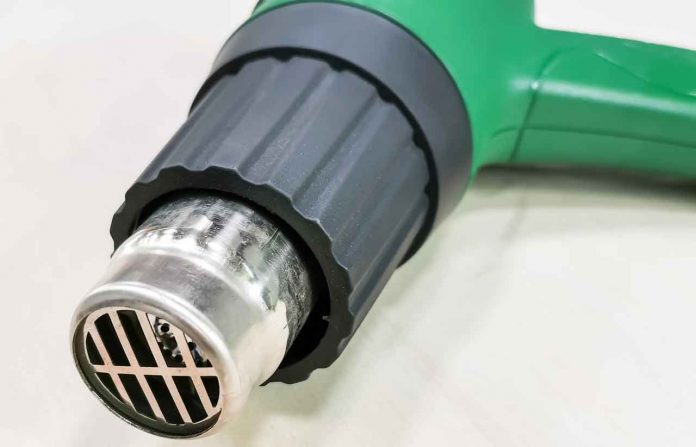The manufacturing sector is vast and compromises everything from the creation of specific tech devices to food and beverage production. Ever since the dawn of the industrial revolution, this form of production has employed the use of specialist machinery to allow tasks to be undertaken efficiently and to a high degree of accuracy and consistency. Without specific machinery and equipment, the industry would need to rely on a purely human workforce, which would both raise production costs and increase the variability of the products being created. Put simply, manufacturing relies on the use of equipment to produce goods to a high volume and in a standardized manner. In this article, three specific types of equipment and machinery that are widely used across the manufacturing industry will be explored.
1. Heat guns
The heat gun is a relatively simple piece of equipment but is vital across manufacturing and has a range of uses. Heat guns, such as those that can be found at heatgun.com, can be used for banner welding. In this process, the heat gun, together with a welding rod, creates a strong and aesthetically pleasing bond between two thermoplastics. It is a far superior method when compared to stitching or other forms of joining. Today, many manufacturing firms use this equipment to create promotional or advertising banners for a range of companies. However, heat guns are not limited to signage production; they can be used to bond thermoplastics when creating components or complete products in the manufacturing industry. Their reliability and the consistency of results that are obtained from this process of welding make them an essential tool in many businesses.
2. CNC machines
CNC stands for computer numerical control, and CNC machinery plays an important role in many manufacturing firms. Put simply, the CNC machine takes a computer-generated blueprint of a design (often made by using a CAD program) and then creates the product by accurately cutting and shaping the material. CNC machines are seen across the manufacturing industry, but many people will be familiar with their use in vehicle manufacturing. Here, the CNC machines will precisely cut and shape parts that form components and the structure of the vehicle (such as the subframe and doors). The level of accuracy that CNC machinery provides allows complex and intricate designs to be made with absolute consistency from one job to the next. CNC machines allow for a greater level of efficiency and productivity across the production lines of the manufacturing sector.
3. Robotics
On many production lines, especially in the aerospace and vehicle industries, the use of robotics has become commonplace. As with CNC machinery, robotics are used to standardize the production of components and finished products. The key benefit of this technology is that output can be produced at high volumes to high levels of standardization. A robotic workforce does not need to be paid or need to take regular breaks, unlike a human workforce, and this allows manufacturing firms to improve the efficiency and profitability of their production lines. In recent years, some manufacturing firms have moved to a model of working where production lines are entirely run by robotic devices. These dark factories may have high startup costs (as there will be a need to invest in many different types of robotics for each task) but can run almost completely autonomously.







